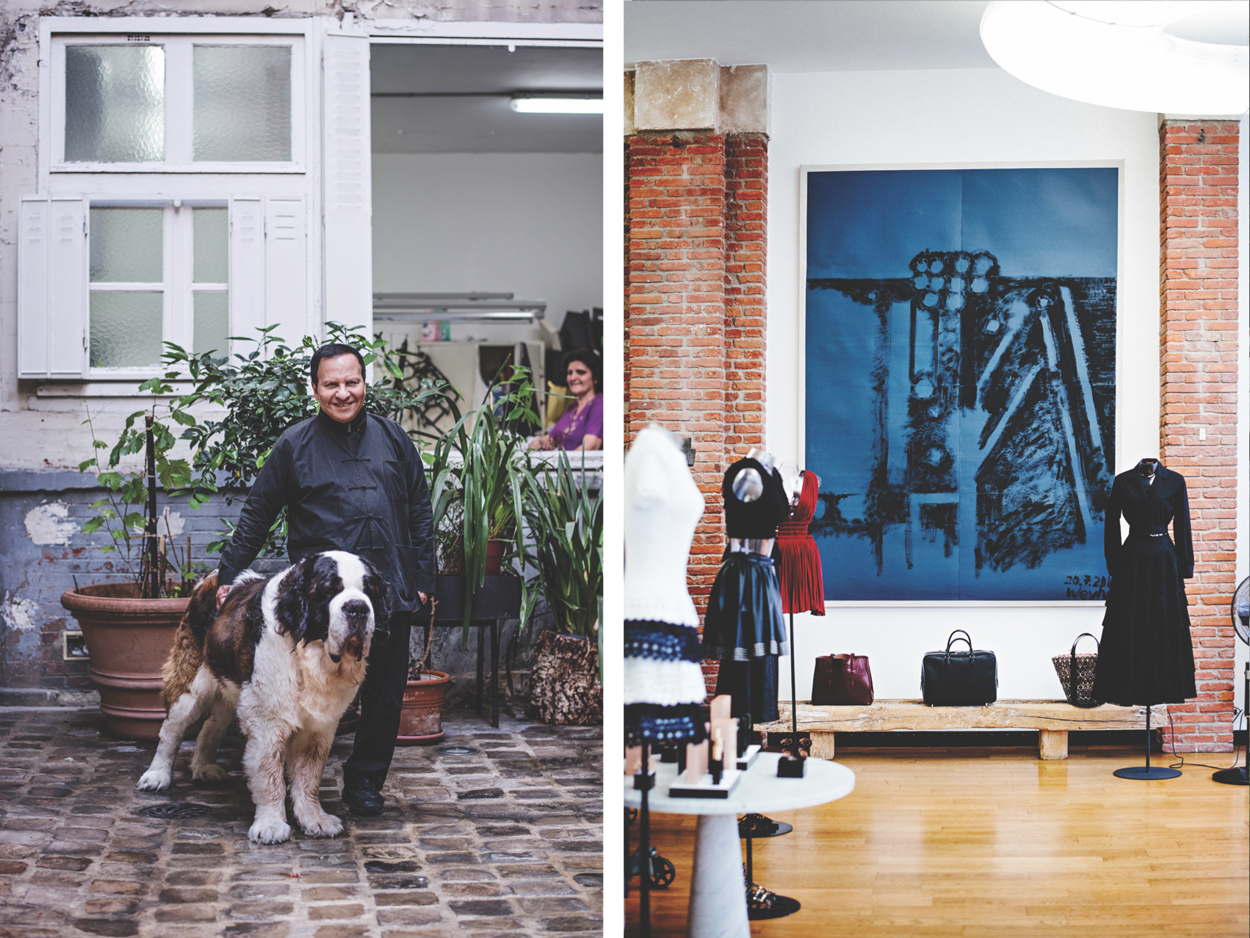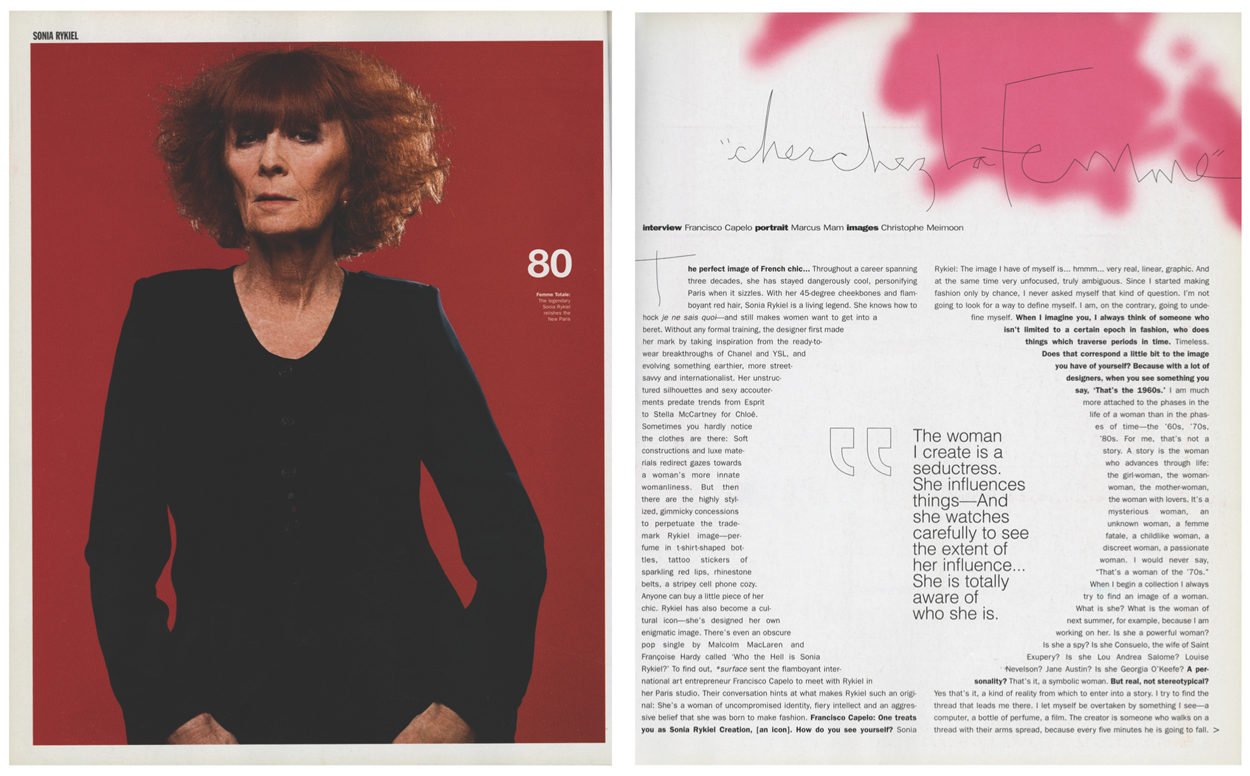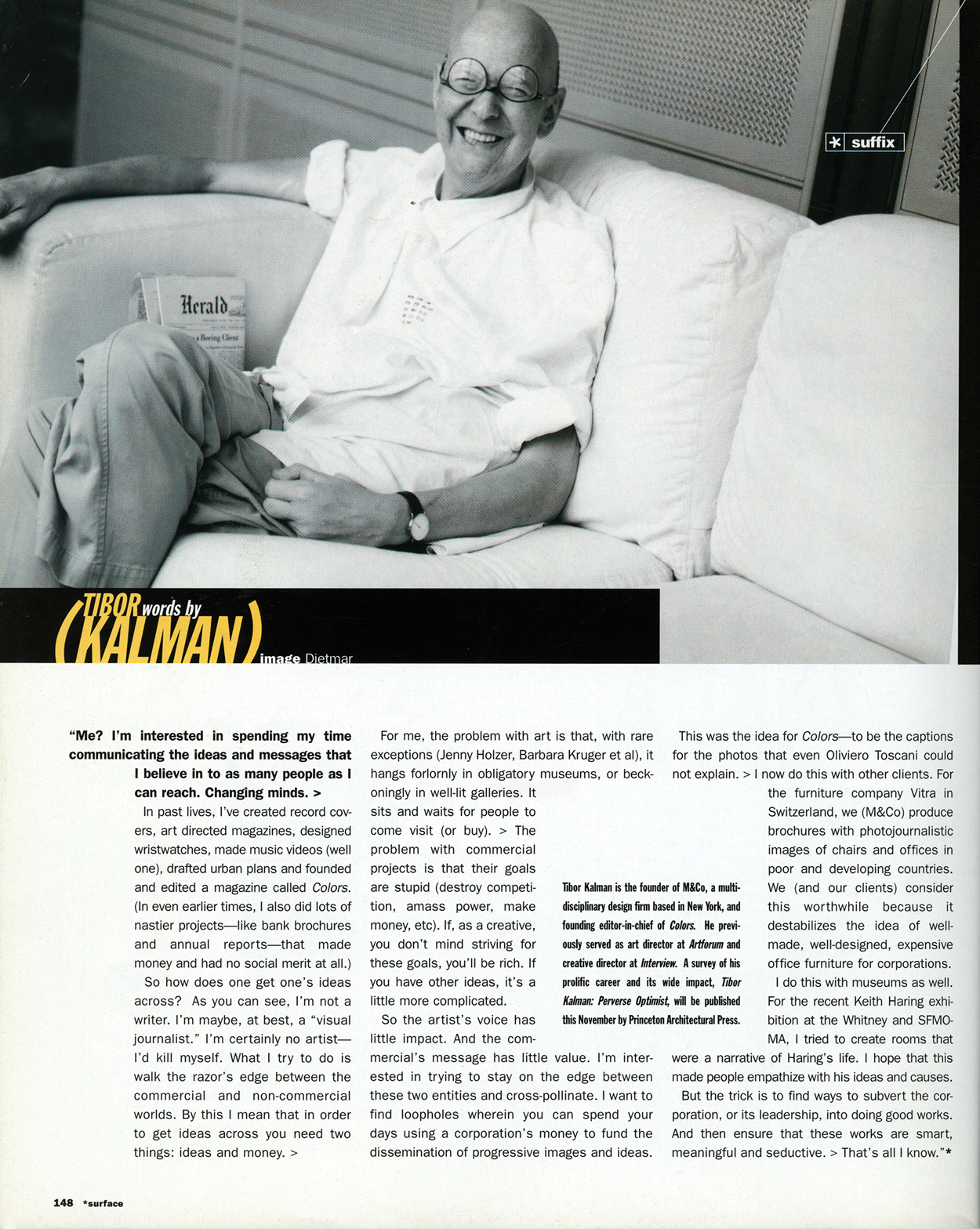We’ve covered many a talent in our 26 years—some of whom have sadly passed. What better way to honor their legacy than by reliving their greatest hits? The insights they gifted Surface. A cross-section of top thinkers like Azzedine Alaïa, Zaha Hadid, Sonia Rykiel, and Tibor Kalman offer their own (still relevant!) takes on making it work.
Azzedine Alaïa Surface #131
Vanessa Friedman on Alaïa: “As a designer, he does things with fabric and form no one else even thinks about. As a man, he is a very generous person who cares deeply about what he does and the people who work for him, and the women he dresses. But with Alaïa, there is no separating the person from the fashion designer. He really loves what he does. What is striking to me about his clothing is that I have the first Alaïa skirt I ever bought, probably about 14 years ago, and everything since then, and I wear every piece over and over and over again. They don’t date.” Surface #131




